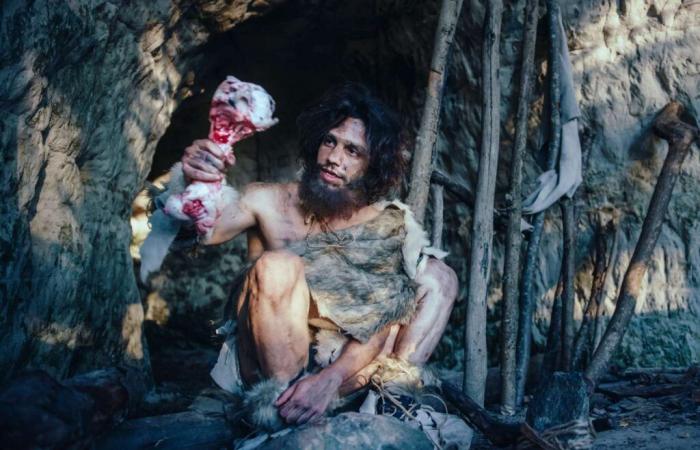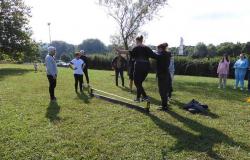The evolution of our diet has profoundly impacted our oral health. A recent study, published in the journal Molecular Biology and Evolutionhighlights the links between our modern diet and the proliferation of cariescariesThis discovery, based on the analysis of 4,000-year-old teeth, offers new insight into the history of our microbiomemicrobiome oral and its implications for our current health.
The revelation of prehistoric teeth
Archaeologists have made an exceptional discovery in a cave limestonelimestone from County Limerick, Ireland. Two molarsmolarsdating from the Bronze Age (between 2280 and 2140 BC).))were unearthed. These dental remains belonging to an adult male revealed a surprising abundance of the bacteriumbacterium Streptococcus mutansknown for its role in the development of cavities.
This find is all the more remarkable because:
- L’DNADNA of S. mutans is rarely preserved in ancient remains;
- its presence in large quantities was unexpected in a prehistoric context;
- L’e-maile-mail of the teeth studied were intact, suggesting an early stage of bacterial colonization.
These elements offer a unique insight into theecologyecology oral microbial life of our ancestors and allow us to better understand the evolution of our dental health over the millennia.
The evolution of the oral microbiome: a reflection of our eating habits
Comparative analysis between ancient and modern samples of S. mutans revealed an unsuspected complexity in theTREETREE evolution of this bacteria. Researchers have found that its characteristics, including its virulence, have evolved in parallel with changes in our diet.
A table summarizes the main stages of this coevolution:
| Period | Dietary change | Impact on S. mutans |
| Prehistory | Minimally processed food | Limited presence |
| Neolithic (10,000 years) | Introduction of theagricultureagriculture cereal | Gradual increase |
| 19th century | Increased availability of sugarsugar refined | Significant expansion |
| Contemporary era | Diet high in sugars and processed foods | Increased proliferation and virulence |
This development highlights the considerable impact of our food choices on our oral health. The increase in sugar consumption has created an environment conducive to the proliferation of S. mutansleading to a significant increase in dental caries.
Loss of bacterial biodiversity: a public health issue
Beyond the increase in cavities, the study raises a major concern: the loss of biodiversitybiodiversity in our microbiome oraloral. Researchers have identified two distinct strains of Tannerella forsythiaforsythiaa bacteria implicated in periodontal disease, while only one strain is generally seen in the modern world.
This discovery suggests that our ancestors benefited from a ecosystemecosystem more diverse oral cavity. The implications of this loss of diversity are potentially vast:
- Weakening of our immune systemimmune system oral.
- Increased susceptibility to oral infections.
- Possible repercussions on our general health.
Professor Lara Cassidy of Trinity College Dublin highlights the importance of understanding these changes: “ The last few centuries have seen an incredible shift in human diet. Understanding how this has impacted the oral and gut microbiome could help us elucidate the prevalenceprevalence increased incidence of certain diseases in Western populations “.
Towards a new approach to dental health
This study opens new perspectives for the preventionprevention and the treatment of oral diseases. By better understanding the evolution of our oral microbiome, researchers hope to develop more effective strategies to maintain a balanced oral flora and prevent cavities.
Promising leads emergingemerging :
- development of probioticsprobiotics specific orals;
- adoption of diets that promote bacterial diversity;
- new approaches to dental hygiene inspired by our ancestors.
This discovery reminds us that our oral health is intimately linked to our lifestyle. By learning from the past, we may well redefine our approach to dental hygiene for future generations.






